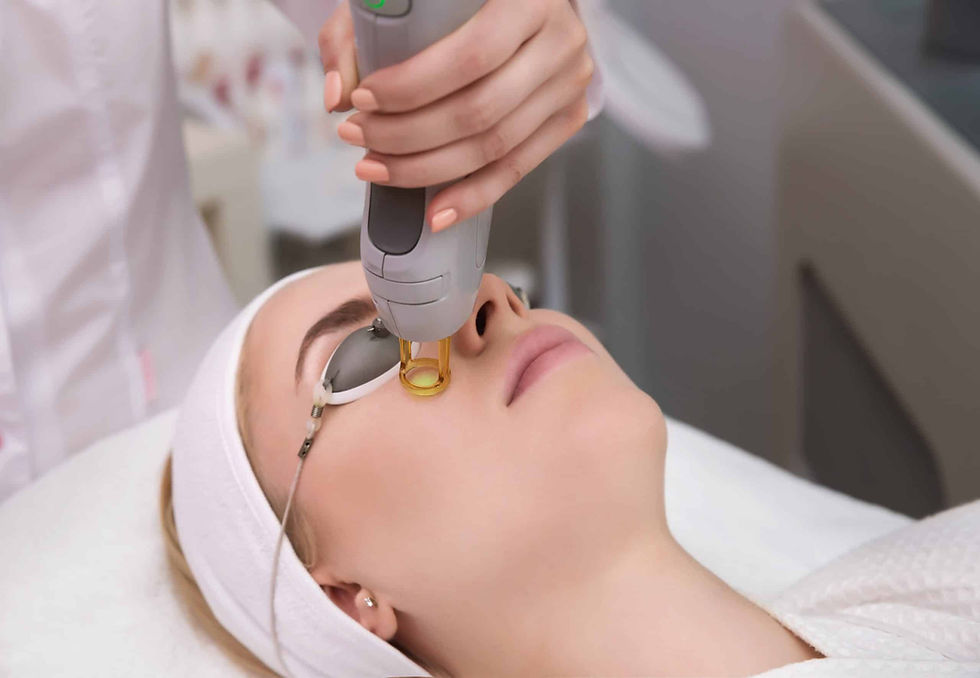Your Comprehensive Guide to Using Compression Machines for Leg Swelling
- Admin

- Jun 13, 2024
- 2 min read
Compression machines offer an effective solution for managing leg swelling, a common condition that can result from various factors such as injury, surgery, medical conditions, or prolonged periods of immobility. These devices utilise compression therapy to improve circulation, reduce fluid buildup, and alleviate discomfort in the legs. If you're considering using a compression machine for leg swelling, this comprehensive guide will provide you with valuable insights and tips to maximise its benefits.
Types of Compression Machines
There are several types of compression machines available for managing leg swelling, each offering unique features and benefits:
- Sequential Compression Devices (SCDs):
SCDs consist of inflatable sleeves or cuffs that wrap around the legs and inflate sequentially, moving from the ankles towards the thighs. This sequential compression helps to mimic the natural muscle pump action and improve circulation.
- Intermittent Pneumatic Compression (IPC) Devices:
IPC devices deliver intermittent pulses of air to the legs, promoting circulation and reducing swelling. They are often used in clinical settings for patients at risk of blood clots or venous insufficiency.
Choosing the Right Device
When selecting a compression machine for leg swelling, consider the following factors:
- Severity of Swelling:
Determine the severity of your leg swelling and consult with a healthcare professional to assess the most suitable type and level of compression therapy for your condition.
- Portability and Convenience:
If you plan to use the device at home or while travelling, opt for a portable and easy-to-use compression machine that fits your lifestyle and needs.
Proper Usage Guidelines
To maximise the effectiveness of your compression machine and ensure safe usage, follow these guidelines:
- Consultation with Healthcare Professional:
Before using a compression machine, consult with your healthcare provider to determine the appropriate treatment plan and settings based on your specific condition and medical history.
- Correct Application:
Properly position the compression sleeves or cuffs on your legs according to the manufacturer's instructions, ensuring a snug but comfortable fit. Avoid folding or wrinkling the garments, as this may interfere with compression delivery.
Frequency and Duration of Use
The frequency and duration of compression therapy sessions may vary depending on individual needs and treatment goals:
- Consistency is Key:
Consistency is essential for achieving optimal results with compression therapy. Follow your healthcare provider's recommendations regarding the frequency and duration of compression sessions, and incorporate them into your daily routine for maximum benefit.
- Gradual Increase:
Start with shorter sessions of compression therapy and gradually increase the duration and intensity as tolerated. Monitor your leg swelling and symptoms closely, adjusting the treatment regimen as needed.
Compression machines offer a valuable tool for managing leg swelling and promoting leg health. By understanding the principles of compression therapy, choosing the right device, following proper usage guidelines, and incorporating lifestyle modifications, you can effectively alleviate swelling, improve circulation, and enhance your overall quality of life. Consult with your healthcare provider to develop a personalised treatment plan that addresses your specific needs and goals, and enjoy the benefits of compression therapy for healthier, happier legs.









Comments